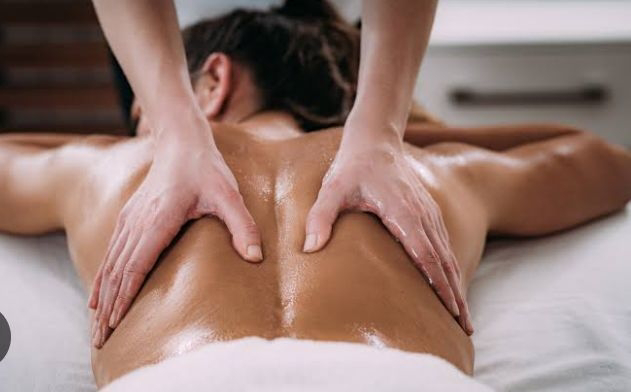WHICH MASSAGE PRESSURE IS BEST FOR YOU?
You schedule a massage to welcome pain relief and relaxation. The massage improves your overall health, circulation, inflammation, muscle spasms, stress, range of motion, and muscle tension. A massage therapist promotes wellness by using different modalities such as deep tissue therapy, Swedish Massage, neuromuscular massage, sports massage, prenatal massage, chair massage, and hot stone massage.
In massage therapy, the saying “no pain, no gain” should not be used. If you experience several pain after your massage, that isn’t improving your overall health or relaxation? If you don’t feel any relief after your massage, was the pressure strong enough to affect your muscles positively, etc.?
Communication
Communication
It is vital that you feel comfortable enough to communicate with your massage therapist about the level of pressure that they are applying to your body, muscles, etc. The therapist and client together co-create the ideal massage by discussing the process.
Massage pressure levels
A massage is a combination of strokes and pressure intensity. The pressure and length of the strokes are different depending on the type of massage. Swedish massage typically has longer strokes. Deep tissue is usually comprised of deep tissue work with more substantial pressure. The level of pressure should be discussed before the massage and checked on during the massage for optimum results for the client.
Here are the different levels of pressure for a massage:
LIGHT PRESSURE
Usually, light pressure is used for a relaxing massage such as a Swedish Massage, Aromatherapy and healing massage. Light pressure it's simply relaxation.
MEDIUM PRESSURE
The next level is medium for a little firmer stroke and pressure. You can add trigger point therapy to break up tight muscles.
STRONG PRESSURE
A strong pressure massage is between a medium to deep touch with some possible trigger point work.
DEEP PRESSURE
Very deep massage with trigger point therapy.
Pain level
Ever hear the saying, the good, bad and ugly? Well, we can use those three words to determine your level of pain.
GOOD PAIN
Good pain might mean that your therapist is right on the “trigger point” and releasing it which causes pressure and some pain, but it is tolerable because you know the knot will be gone shortly. The release will happen with the muscles in that area which will achieve the end goal.
BAD PAIN
Bad pain is unpleasant but it is tolerable for the end result. Make sure you communicate if it gets intolerable.
UGLY PAIN
It is not acceptable for a therapist to cause ugly pain or for the client to accept ugly pain. It could be very damaging to your body and is not recommended.
Perfect pressure
Consider these helpful tips regarding the perfect pressure for your massage:
Pressure is a very subjective topic and is dependent on you, so it is essential to communicate your preference and tolerance.
Relaxing and therapeutic massages can include a variety of pressure levels.
People vary in their tastes, so some enjoy and need deep pressure while others prefer a much lighter touch.
Different parts of your body may require different pressure.
Make sure you discuss the level of pressure you prefer and can tolerate. Give us a call at +27 61 453 0680 for your next massage to help you relieve headaches, pain, and aches.
FL AESTHETICS SPA Massage Therapy is conveniently located at MANHATTAN PLACE 130 BREE STREET CAPETOWN CITY CENTRE. Our massage therapists are skilled in many techniques to help you improve your physical and mental health, including relaxation massage, deep tissue massage, hot stone massage, Hawaiian Lomilomi massage, Swedish massage, and aromatherapy. Contact the professionals at FL AESTHETICS SPA Massage Therapy and set up an appointment. WE'VE GOT YOU COVERED
https://g.co/kgs/xTDSv5





Comments
Post a Comment